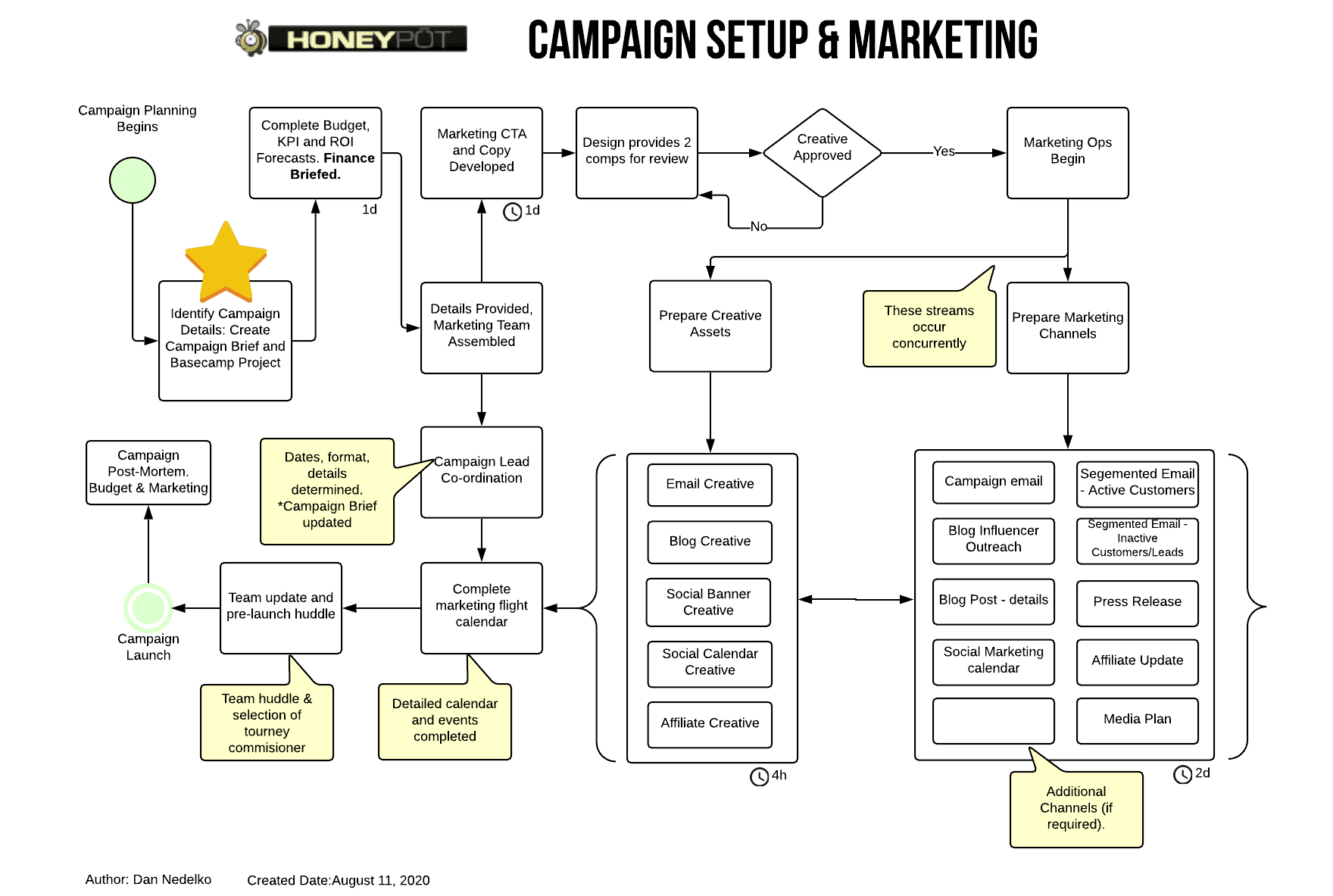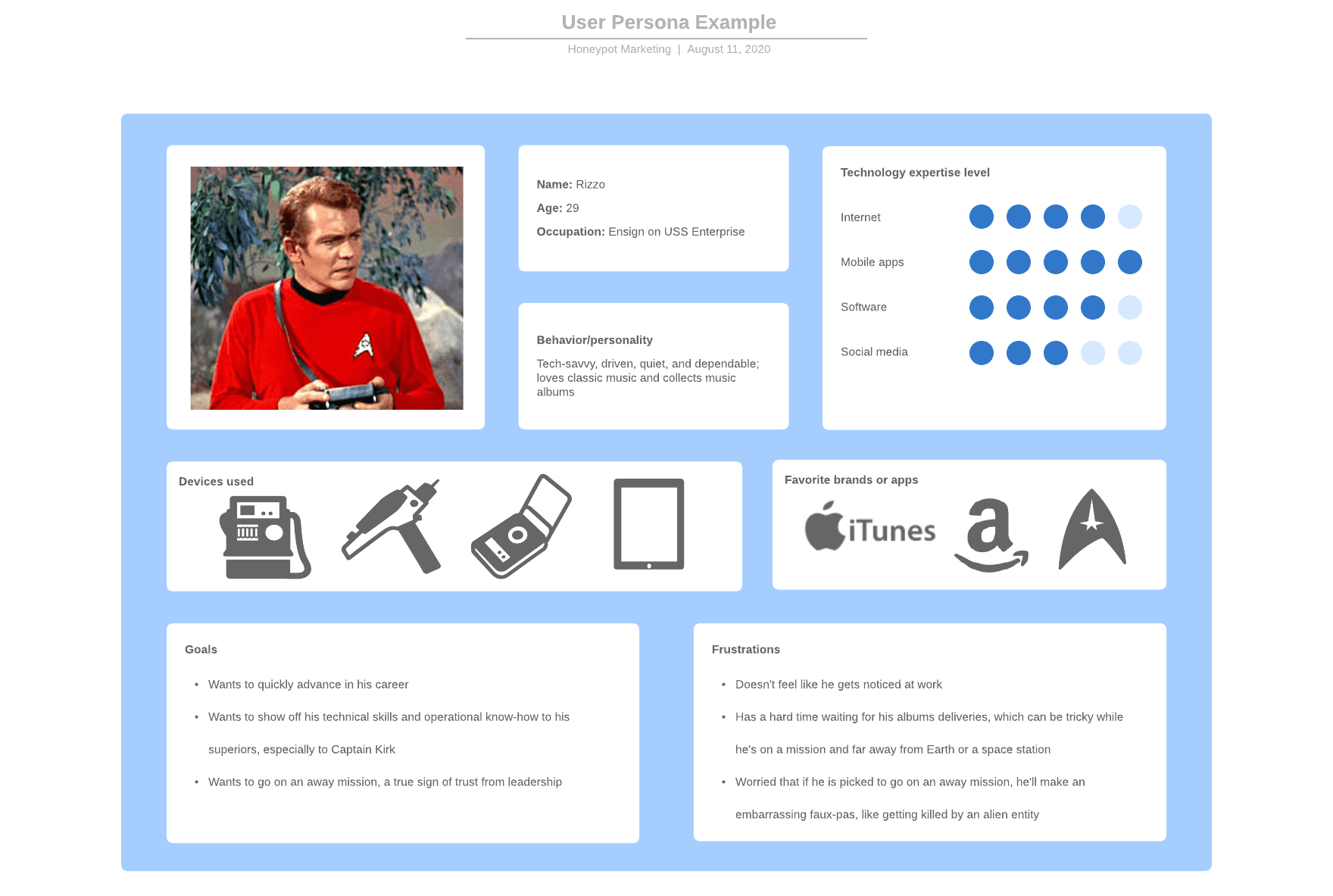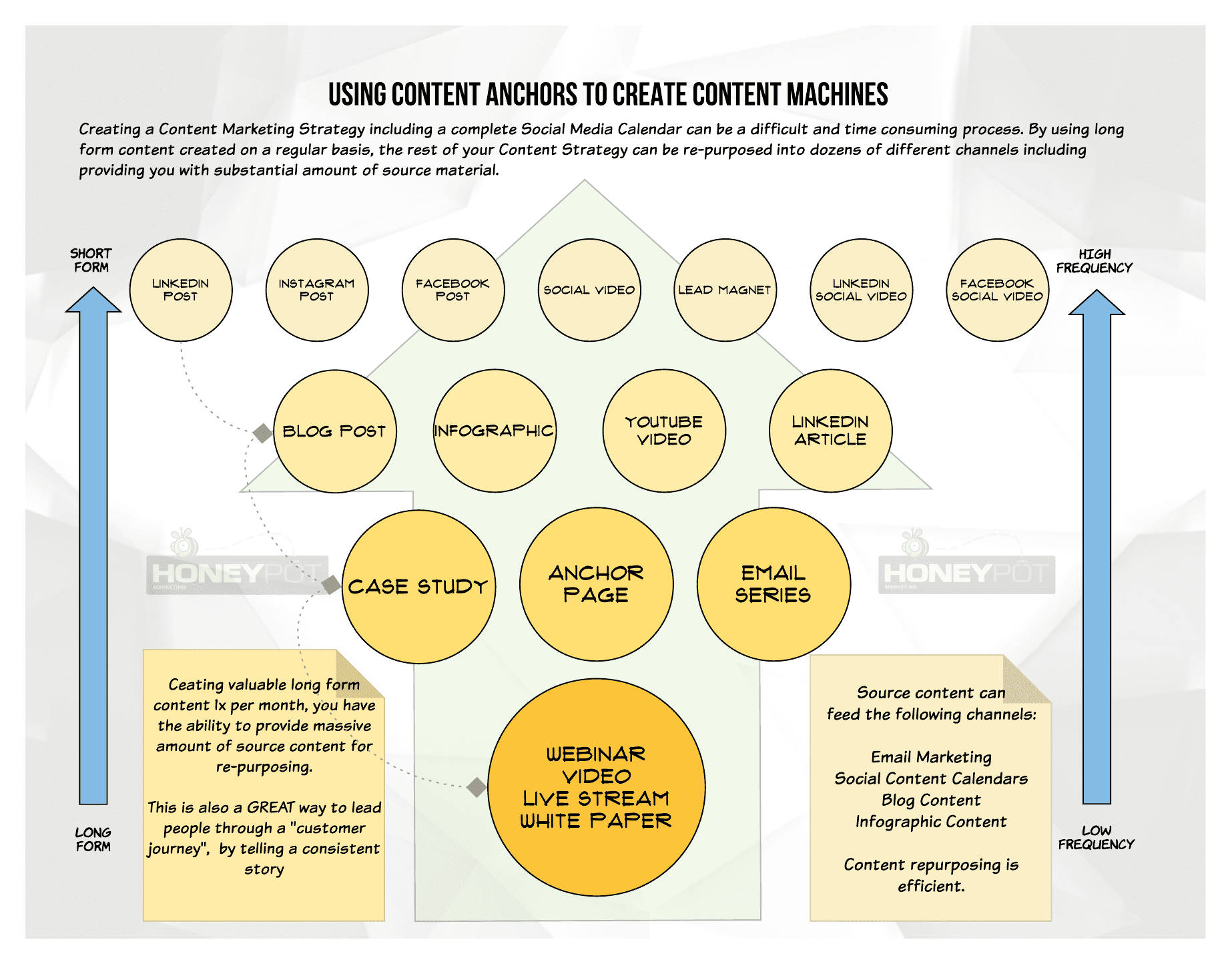Research. Strategize. Execute. 3 Pillars of Building Your Brand Online.
Podcast: Play in new window | Download
Subscribe Today RSS
There are 3 important pillars to marketing any business and building a brand online. These are critical to success, without them you're going to be firing away with tactics that's like spraying bullets.
The chances that these will achieve a strategy and really resonate with your target audience are not great.
Today we're going to be talking about the importance of the following 3 keys to a successful marketing program:
- Research.
- Strategic Development.
- Tactical Execution.
But let's take a step back for a second, because sometimes we find stats that just seem crazy.
Like this: 👉 63% of businesses don’t have a documented content marketing strategy, according to the latest research from the Content Marketing Institute (CMI).
More than half of all businesses don't have a marketing strategy? What? But...why?

In this week’s episode, Dan, Producer Matt, and Matei look at the 3 pillars of building your brand online and dive into the difference between strategies and tactics to help you get started on the right foot.
Be sure to ask the Bees any questions you might have about how to put together a solid strategy, and how to work around roadblocks.
Check out the video or podcast above. 👆 Subscribe to our weekly live stream on Facebook, or take it on the go with a podcast, on your choice of platforms. Keep up-to-date on news, trends, and tips in the world of digital marketing and join in on the conversation.
It’s the end of the day – grab a beer, throw on your headphones, and tune in with us Live.
What's New?
Trump signs executive order that would ban transactions with Tencent
This could create major changes for Tik Tok - it could be a death rattle for the platform. We'll have to wait and see. Funny how Instagram just released their Tik Tok competition, Reels.
We talked about that in this previous blog about how to write copy that captivates (also a great companion blog to this one!).
The Danger of Executing Marketing Tactics on the Fly
How many businesses do you think have their marketing strategy backward? The answer is: too many.
The need for businesses to develop an online presence has been echoed for years now and recently it's pretty much being screamed into the faces of those organizations that have not yet taken the plunge into the digital world.
We see all these businesses scrambling, rushing to push out content to establish their brand online.
They reach the inevitable stage of realizing their tactic is not working out, so they need to try something new - they need to come up with a strategy. After these hit and miss experiments of different strategies, comes the time to really hunker down and figure this ship out. They take all the data they've hopefully been collecting and conduct some good ol' research in hopes of figuring out this enigmatic new digital landscape.
I'm not usually a fan of repeating overused catchphrases into the echo chamber, but...do you see what I did there?
Research. Strategize. Execute. This should be your mantra as you build your brand online. In this order. The mighty Triforce.
![]() Good marketing is more than creative social tactics.
Good marketing is more than creative social tactics.
Patience, friends. It will be very much worth it.
Developing a Successful Business Marketing Program
Developing your brand online is not as simple as just creating some ads and posting stuff all willy nilly whenever you feel like it, or when you have something new and exciting to share.
For example, here at Honeypot Marketing, we don't take on a client and then just immediately start posting for them. There's a process.
We conduct research, we develop a SWOT, we develop personas, we dig deep into the analytics of their sites and online channels, and we take all this information and work with the client to develop a strategy based on our findings. Once this stage is finalized, we start developing tactics to execute the strategy.
You don't want to start backward, diving into trying out different tactics, then developing a strategy. You're just making it harder for yourself.
Start with the WHY, not the HOW.

Here is a flow chart that details the complexities in the journey of the campaign process.
The Difference Between Strategies and Tactics
First off, let's clarify the difference between tactics and strategies since it's so easy to get them mixed up.
- Strategy is simply the overarching plan or set of goals. It's the big idea. The path to get you to your goals.
- Tactics are the specific actions or steps you undertake to accomplish your strategy and reach your goals.
For example, your strategy might be to raise brand awareness and develop a relationship with your target audience. To achieve this you could use tactics such as paid ads, posting on social media, or liking and commenting on channels and relevant posts where your customers can be found.
Without a strategy, we risk stumbling through the process without knowing if we are really making any progress.
Without tactics, well, we're just left with our plan and some wishful thinking.
The point here is that there is a significant difference between strategies and tactics, but they work together in a tightly knit symbiotic harmony.
Think of a football game without a strategy to overcome the competition and win, and no tactics (plays) to execute and reach the goal. It's basically a gathering in a field without any purpose. That's not the kind of marketing plan you want.
1. Research
A good place to start is to take a look internally. Developing a SWOT for your business gives you a snapshot of your strengths and weaknesses, as well as an overview of your competition. Understanding exactly how they operate and becoming familiar with their strengths and weaknesses as well, will help identify threats and opportunities that your business can use to build a strategy.
- Strengths - are things like your competitive advantages, such as a highly-trained sales team, low staff turnover, high consumer retention, or low production costs due to superior technology.
- Weaknesses - are anything that hinders your business from achieving its goals, such as dependency on natural resources, unreliable delivery, outdated production tools, insufficient marketing efforts, and a lack of planning.
- Opportunities - are simply ways your business can grow, such as seeking new markets, managing technological change, or addressing new consumer trends.
- Threats - are any barriers to entry in your primary markets, such as strong competition, labour shortage, legislative hurdles, economic or political developments.

Here is a visual example of how you can set up a SWOT chart.
You definitely want to take a deep dive into any analytics that you have available, as well. This will establish where you're currently at and help you set realistic, achievable goals.
You also want to look at your target audience. If you say “everybody” or have a wide demographic target like "men and women between 18 and 54" you are making a very big mistake. Sorry.
Research clearly shows that the narrower the focus, the faster the growth. The more diverse the target audience, the more diluted your marketing efforts will be.
Your target audience will determine what communication channels you want to focus on.
Gen Z, Gen X, Millennials, and Baby Boomers all have very different habits and use different social platforms for different reasons.
You want to understand how they communicate, what their pain points are, and what their motivations are, etc. Each group will differ in all these areas, so you'll want to do your research to ensure you're in the right place to reach your audience.
This is where developing personas can be incredibly beneficial, by outlining the types of people you want to target and what their needs, wants, pain points, and motivations are.
You want the detailed behaviours and lifestyle of your consumers.
- What type of people are they?
- What social channels are they on?
- What websites do they visit?

Here is an example of how to develop a persona profile.
Think of people you know that would fit into the target audience you're trying to reach.
Always remember that a target demographic is a group of people. Human beings. You know human beings. You are one. You probably love one. You get it. You got this.
Once you have a good understanding of your target market, it's time to set goals, establish your KPIs, and choose the channels you want to reach your audience through.
For example, here at Honeypot, once we've conducted a SWOT, developed personas, and completed a deep dive into the analytics and keyword research, we compile all that information and use it to identify opportunities and start developing a strategy based on our findings.
To get the ball rolling, you'll want to establish what your goals are. What are you trying to achieve?
Some examples of basic goals include:
- Improving revenue
- Converting more high-quality leads
- More traffic to your site
- Building brand authority and awareness
- SEO
- Social media engagement
The best way to achieve goals is to make them specific and measurable. This is where setting your KPIs comes into play, as they will help you achieve your goals by providing milestones you can check off.
Here are some examples you can attach specific numbers to:
- Hit a certain revenue target within the month, quarter, or year.
- Get more signups for your lead magnet.
- Get a certain number of new email subscribers.
- See an increase in site traffic and in engagement with your onsite content.
- Improve the search ranking of some of your key pages to help boost traffic.
- Get a certain number of mentions, shares, and comments for your pillar content.
2. Strategize
It's time to start building your strategy by looking at the WHERE, WHEN, and HOW.
Where is the best place to reach your audience? When are the best times to reach your audience? How will you craft your message - what tactics will you use to implement your strategy to reach your goals?
As mentioned earlier, the demographic you're trying to connect with will determine which channels you should focus on.
For example, if you're trying to reach Gen Z, you need to understand who they are and where to reach them.
If you're posting on Facebook trying to connect with Gen Z, you're going to be disappointed when you only connect with their parents, or grandparents instead.
Ultimately, it's a game of psychology you're playing, and if you don't understand who you're trying to connect with, the inevitable result is a failure in communication.
Next, you want to consider the types of content that would be the best fit. One of the best approaches for success is having cornerstone content published on your site which can then be repurposed or chopped up into snackable bits and shared on other sites and social channels.
Blog posts can deliver strong results if they are actionable, valuable, and shareable. For example, we know our readers like 'How-To' content, so this is what we typically write about.
We can then take these blogs and craft social posts that offer snippets of information and link back to the site for further reading.

Here is a flow chart showing the process of using anchor content and how it can be repurposed for different channels.
It's always recommended to have a good amount of variety when it comes to tactics.
Blog posts are great, and you can also consider paid ads for quick boosts in reach, organic content to build your social channels with value and authority, video content, strong, quality imagery, and even interactive content.
Stories have become incredibly popular and offer a variety of options for creating some really cool interactive posts.
Like this crazy, immensely complex, interactive, choose-your-own-adventure story that Samsung created for their Instagram account.
Once you've decided on the content you want to create, it's time to put together a blocking chart, or content calendar and map out a schedule of posting on your site and channels.
We touched on this in an earlier blog here, on the foundations of a successful digital marketing plan. Check it out for more information and a handy template that's already made up for you!
Developing a content calendar helps you determine the right frequency of posting, and makes it easy to build a cadence that has a variety of different types of posts so that you're not just posting self-promotion posts.
People love to buy, but they don't generally like to be sold to, so keep that in mind when posting. The old 80/20 rule should be your guideline.
The GoPro Marketing Strategy
Let's take a look at GoPro. It's a great example of a wildly successful marketing strategy from a company that started from nothing and blew up because they clearly understood their target market and how to communicate their message effectively.
“When that GoPro logo hits, you know you’re about to see something interesting, and you pay attention.” CEO and founder, Woodman said.“The majority of [our] video[s] come from our customers and it’s wildly authentic.”
By understanding how people would use their product, they were able to develop a strategy that promoted what was so exciting about their brand.
They understood that they would get extreme content, like this Fireman saving a kitten:
User generated content (UGC) can be incredibly powerful, especially when the content is focused on extreme situations that aren't typically easy to capture on video.
By recognizing this niche market, they were able to narrow their focus and appeal directly to their target market with exciting examples of what was possible with their product.
Extreme jobs and sports are a great fit for their brand and have a very specific audience. By engaging in these key communities they have secured brand awareness and adoption in these verticals.
And this is just one element of their brand's amazing success.
They also knew they could capture some seriously epic content that was never-before-seen, such as attaching their camera to a golden eagle, shown here:
Their marketing strategy has more of a focus on the content that their product can generate more than the product itself. The brilliance in how they approach their content defines the brand's content strategy. Content is as much a part of the brand as the product, and arguably more so.
Through this brilliant strategy of leveraging UGC that appeals to the emotions and encourages shares and interactions, GoPro has established a strong position in these specific niches, as well as others, such as road cycling and scuba diving, for example.
Instead of bombarding their audience with ads, they have an incredible library of truly authentic content to tap into, and that is invaluable to their brand.
3. Execute
And now we come to the final step.
It's time to take all that research you did, and that strategy you developed based on that research and put it to action with the tactics you decided on to reach your goal.
If you're working on a team, now is the time to allocate tasks.
Decide who is producing and maintaining content, who is scheduling, who is tracking analytics, who is taking responsibility for community management, and of course, what tools and resources you will need to execute successfully.
It's always a good idea to take a look at what's already out there in the space you're playing in, and try to offer something fresh - something no one else is offering, or things you think you can improve on.
You essentially want to follow this type of structure:
- Create content
- Distribute and Market
- Measure Results
Then rinse and repeat. Analyzing how your content is performing is essential, and will help you test and iterate on different strategies and tactics to find what works best with your audience.
There is no one-size-fits-all solution or one-time execution and it's over. You'll want to be fluid and ready for change.
After testing, adjust your strategy accordingly and employ new tactics if necessary, or even develop an entirely new strategy.
Your brand is the personality of your business. It's a never-ending process that will change and grow with your company. Don't treat it like a rock in the mud or you risk being buried.
And that about wraps it up. As always, if you have any questions, comments, or stories to share, sound off below. We'd love to hear from you!
Here are some more resources for you to check out if you'd like to dig deeper into developing a solid Business Marketing Strategy (we ❤️ all of these):
- 5 Brilliant Marketing Strategy Examples From Dominant Brands
- Mapping Marketing Strategies & Tactics: The Marketing Drive Ep 17
- Marketing Strategy vs. Tactics – Explaining the Difference
- A 5-step, no-nonsense marketing plan
- 11 Simple Steps for a Successful Brand Building Process
- How to Develop a Content Strategy: Start With These 3 Questions
- How to Find and Target Your Social Media Audience
![]()

